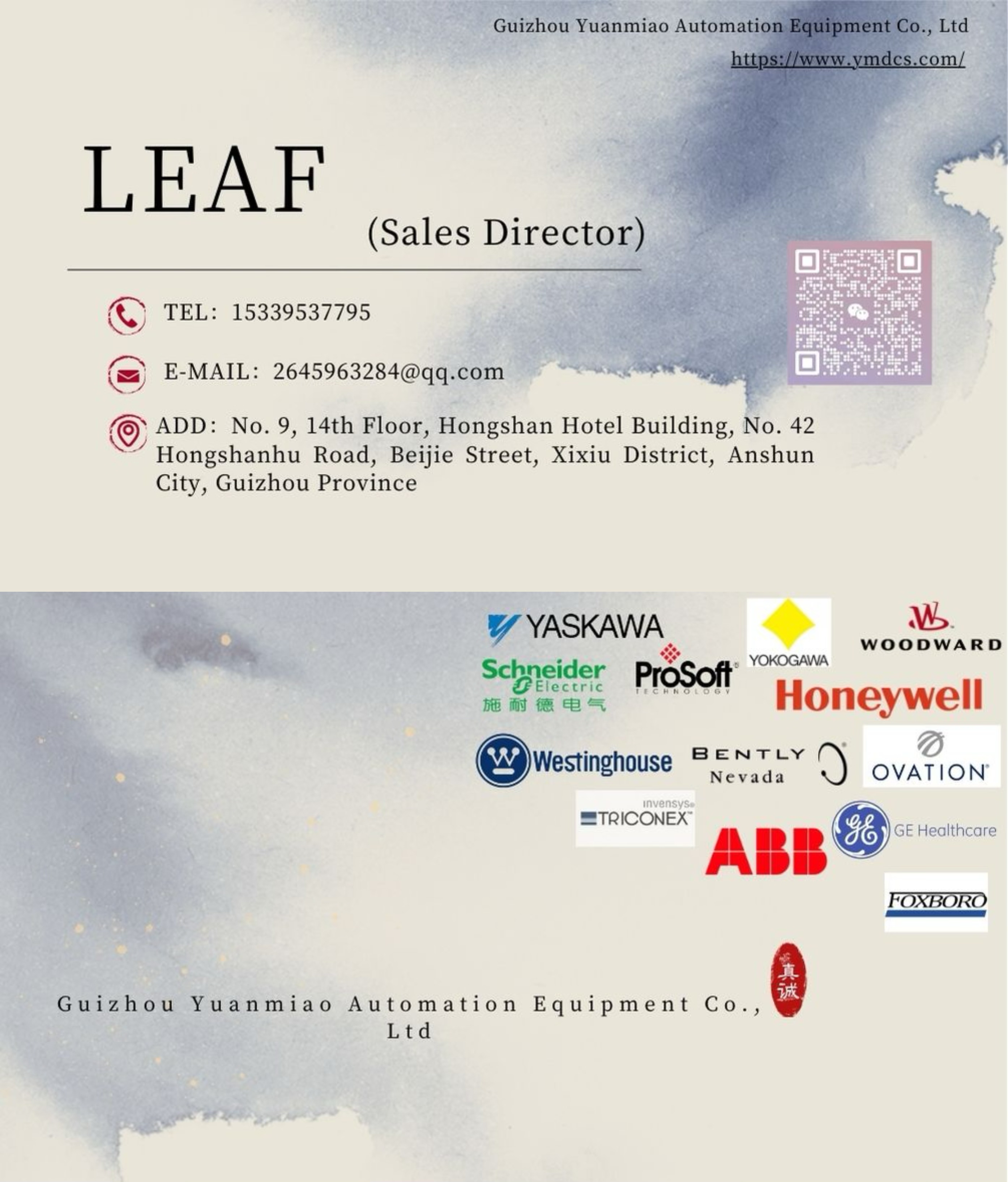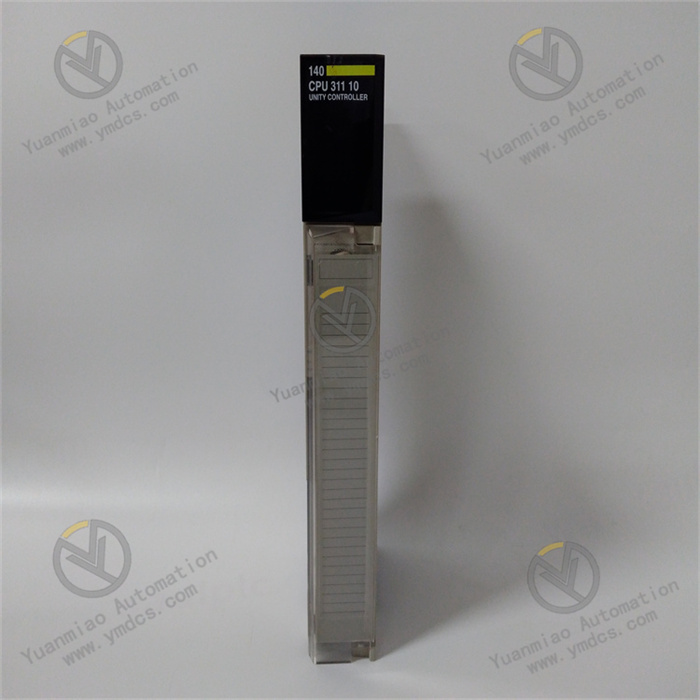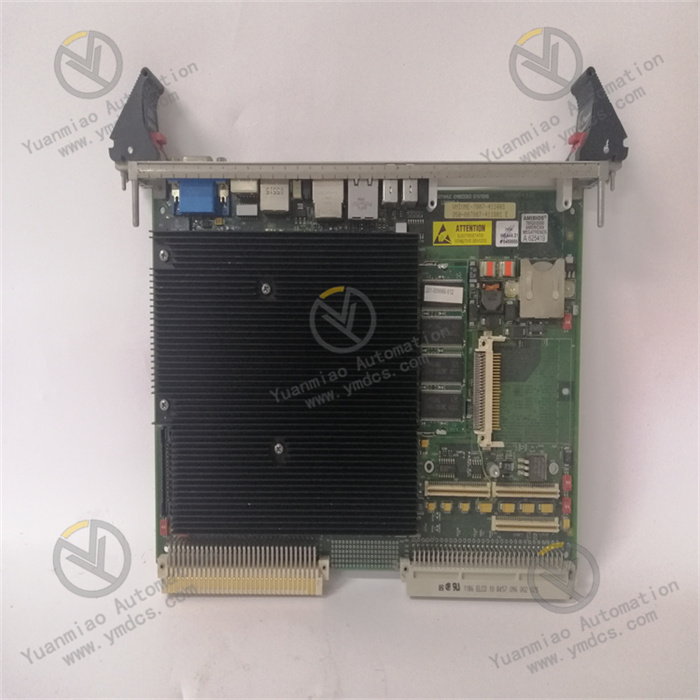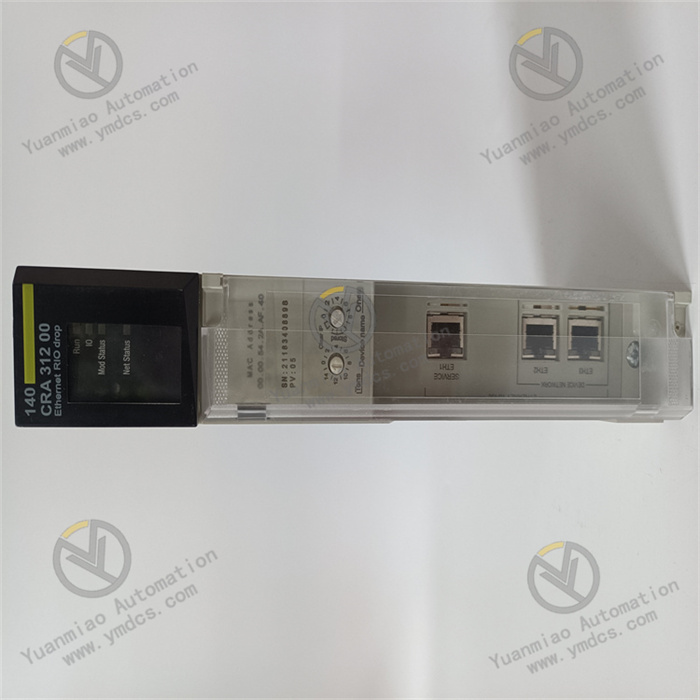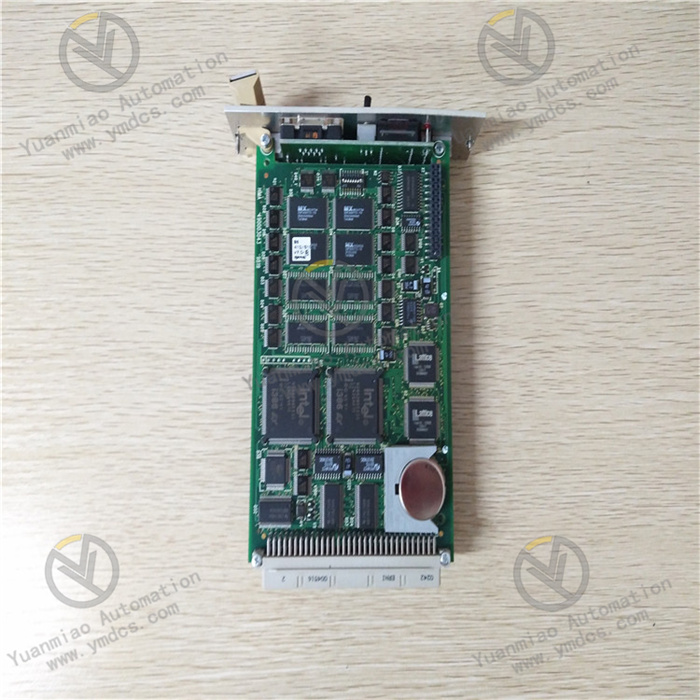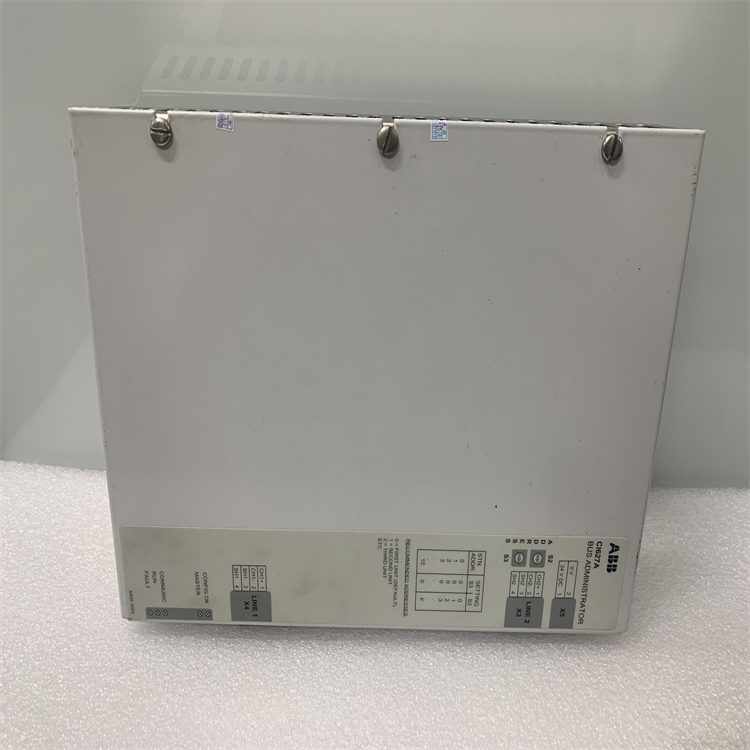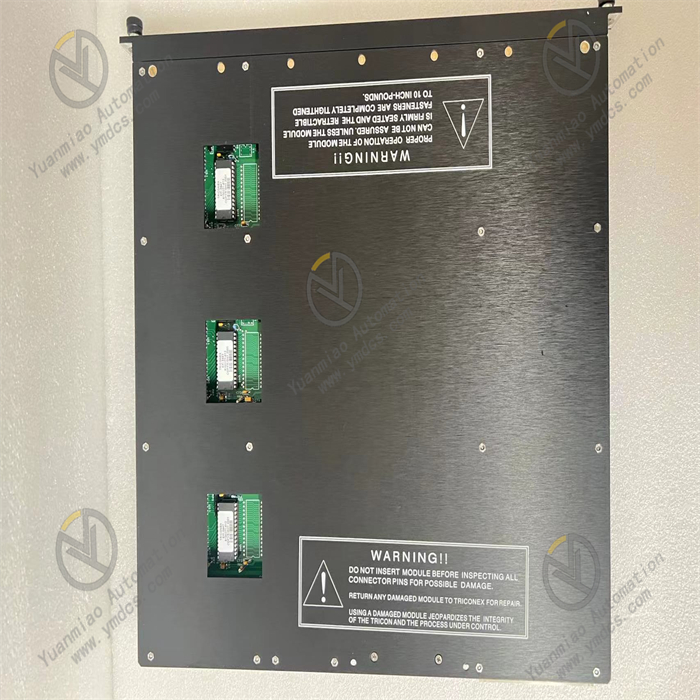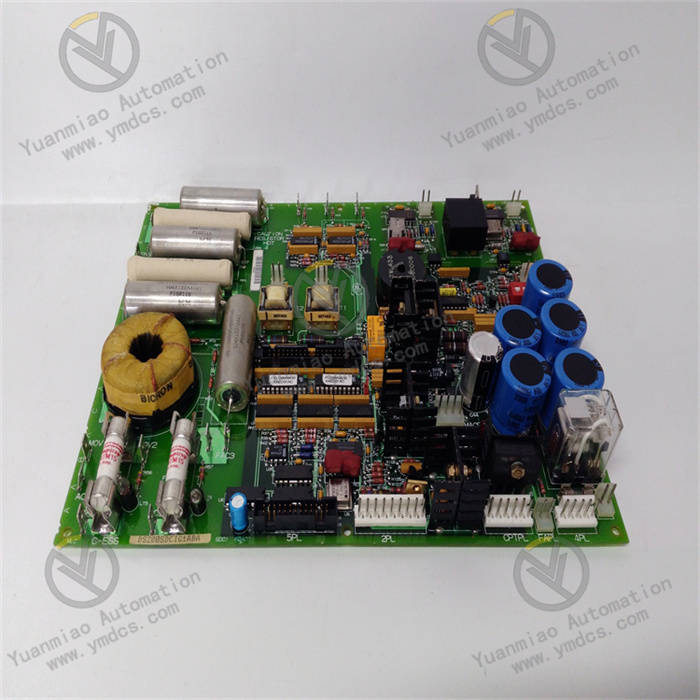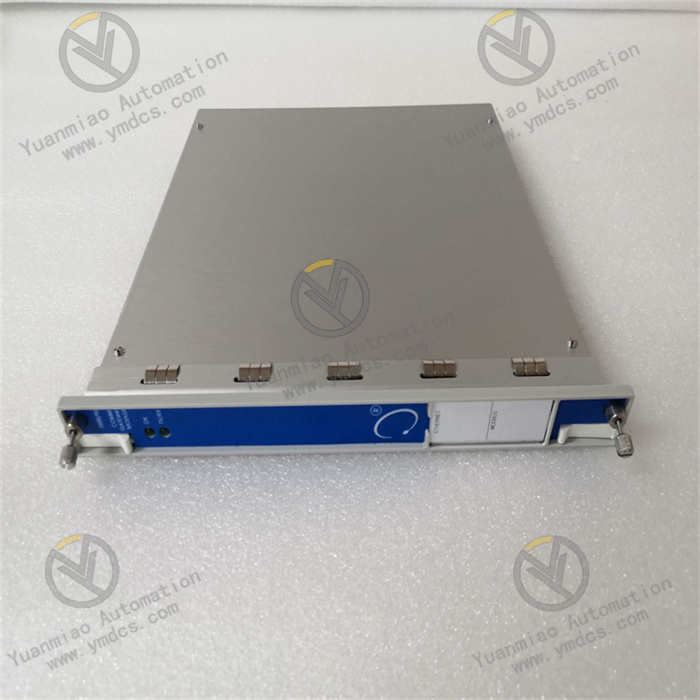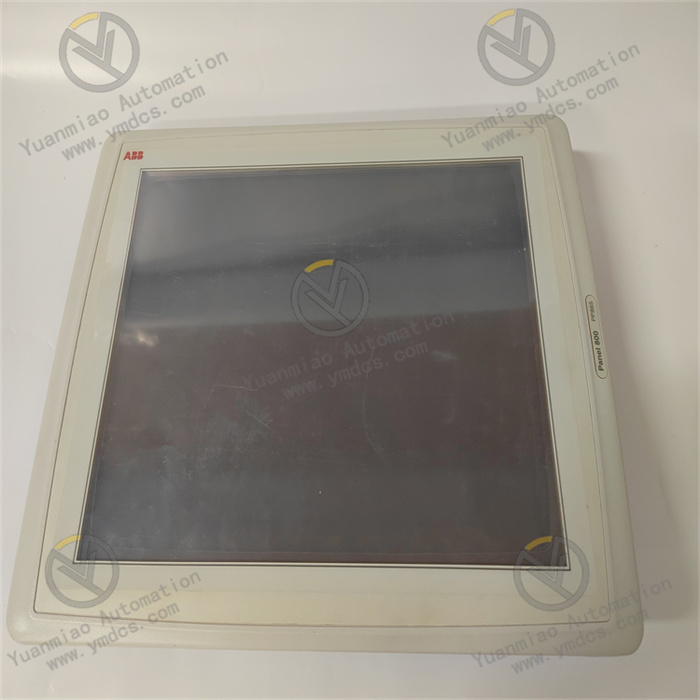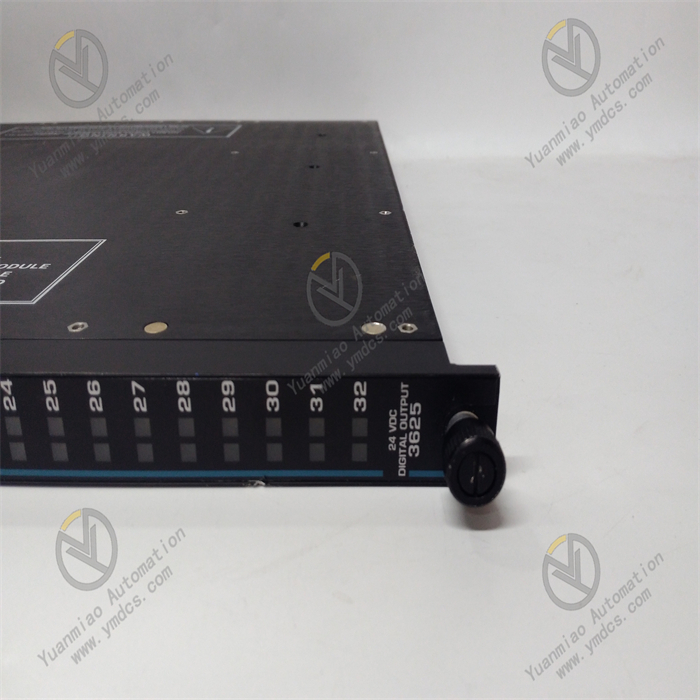Description
The Triconex 9662-610 is a digital output module or interface module, which is a key component of the Triconex system and is used to achieve the digital signal output of the system and the control of equipment.
Functional Features
Triple Modular Redundancy (TMR) Architecture: Adopting the TMR architecture, as a fully triple redundant system, it integrates three identical modules together and operates through a two-out-of-three voting method. There is no single point of failure, providing high integrity, error-free, and uninterrupted process operation, greatly improving the reliability and fault tolerance of the system.
Precise Digital Output Control: Equipped with multiple digital output channels, it can achieve precise control and can be widely used in the control of actuators, valves, etc. on automated production lines to ensure the safe and efficient production process.
Self-diagnosis Capability: It has a strong self-diagnosis capability. When there is a fault in the PLC itself or peripheral equipment, the on/off state of the light-emitting diodes with diagnostic indication functions on the PLC can be used for diagnosis, providing a convenient means for maintenance personnel to find and locate faults and improving the maintenance efficiency.
Simplified Application Software Settings: From the user's perspective, the triplicated TMR system operates as a single control system, making the application software settings more simplified and reducing the difficulty of use for users.
Extensive Diagnostic Technology: For programmers, the extensive diagnostic technology is inherent and transparent. All diagnostic information is stored in the system variables and is available for users, facilitating the maintenance and management of the system.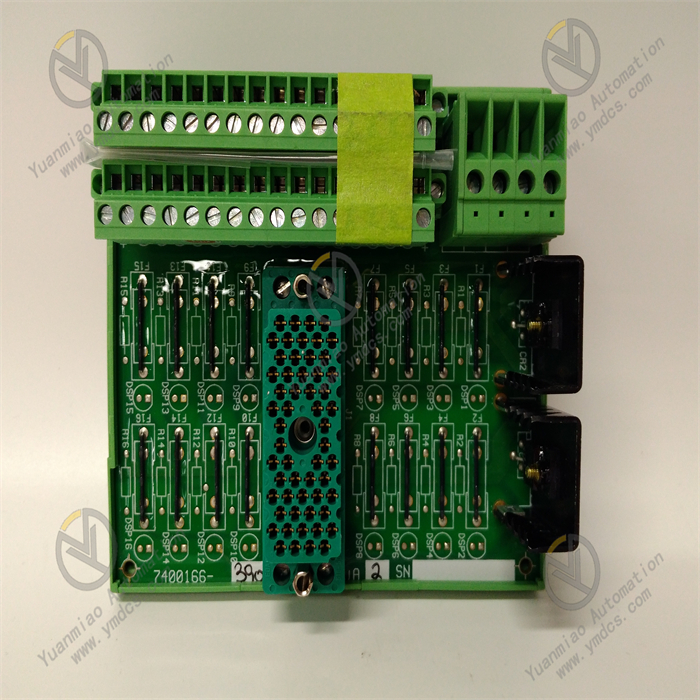
Application Areas Chemical Industry: In the chemical production process, it is used to control various chemical reaction processes, material transportation, valve opening and closing, etc., to ensure the safe and stable operation of chemical production and prevent accidents. Petroleum and Natural Gas Industry: It is suitable for various links such as petroleum extraction, refining, and transportation, and precisely controls and monitors equipment such as oil pumps, compressors, and pipeline valves to ensure the efficient and safe production of petroleum and natural gas. Power Industry: It can be used in various links such as power generation, transmission, and distribution of the power system, and controls and monitors generators, transformers, switchgear, etc., to achieve the stable operation of the power system and the optimization of power quality. Manufacturing Industry: In the manufacturing fields such as automobile manufacturing, mechanical processing, and electronic equipment manufacturing, it is used for the control of automated production lines to achieve the automation, high efficiency, and precision of the production process, and improve product quality and production efficiency. Building Automation Systems: For example, in intelligent buildings, office building control, etc., it provides reliable control and power supply for building automation equipment and systems to ensure the normal operation of the equipment and the stability of the system, and achieve the intelligent management of buildings.
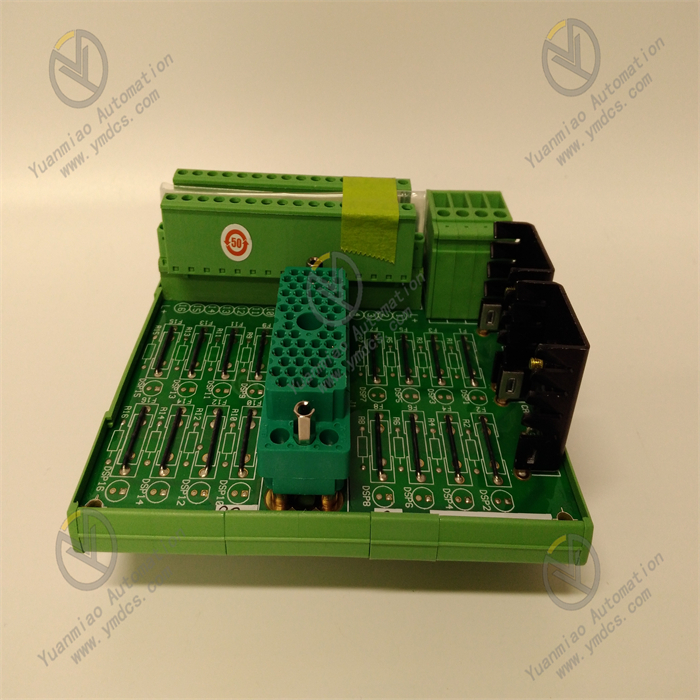
Common Faults and Corresponding Solutions:
1. Module Communication Fault
Fault Phenomenon: The module cannot communicate normally with the control system. The indicator lights may show abnormal conditions, and the system cannot obtain the status information of the module or control it.
Possible Causes: Loose or damaged communication cable connection; damaged communication interface; incorrect communication parameter settings.
Solutions: Check the connection of the communication cable to ensure it is secure and undamaged. Replace the communication cable if necessary; Check the communication interface for any physical damage. If damaged, replace the module in a timely manner; Verify the communication parameter settings to ensure they are consistent with those of the control system, including parameters such as baud rate, data bits, stop bits, and parity check.
2. Abnormal Digital Output
Fault Phenomenon: The digital output channels of the module cannot output signals as expected. For example, the output value does not match the instruction, or no signal can be output.
Possible Causes: Hardware failure of the output channel; the output load is too large, exceeding the rated load capacity of the module; software programming errors lead to incorrect output instructions.
Solutions: Use tools such as a multimeter to check the electrical performance of the output channel to determine if there is a hardware failure. If a fault is found, replace the faulty channel or module; Check the output load to ensure it is within the rated load range of the module. If the load is too large, consider measures such as adding intermediate relays to share the load; Check the software programming to confirm the correctness of the output instructions and correct the programming errors.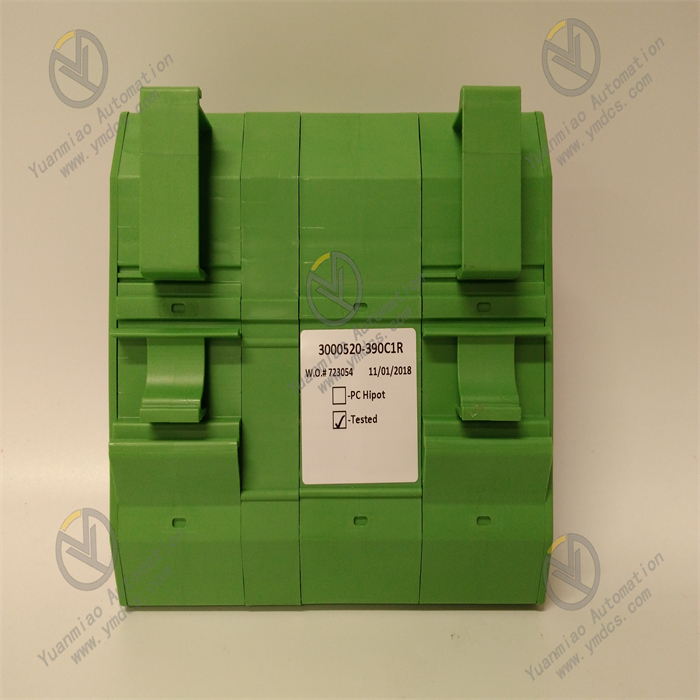
3. Abnormal Self-diagnosis Indicator Lights Fault Phenomenon: The self-diagnosis indicator lights (such as the fault indicator light, operation indicator light, etc.) on the module display abnormal status, indicating that there is a fault in the module. Possible Causes: Internal hardware failure of the module, such as damage to components on the circuit board; unstable or abnormal power supply. Solutions: Determine the type of fault according to the meaning of the self-diagnosis indicator lights and refer to the user manual of the module. If it is a hardware fault, it may be necessary for a professional to repair or replace the module; Check the power supply to ensure that the voltage is stable within the rated operating voltage range of the module. If necessary, use a regulated power supply or replace the power module. 4. Faults Related to Triple Modular Redundancy (TMR) Fault Phenomenon: Due to the TMR architecture, synchronization problems or voting errors may occur between redundant modules, leading to a decline in system performance or system failures. Possible Causes: Communication failure between redundant modules; problems with the internal synchronization circuit or voting mechanism of the module. Solutions: Check the communication connection between redundant modules to ensure normal communication; Perform a reset operation on the module to attempt to restore the synchronization between redundant modules; If the problem persists, it may be necessary to replace the faulty redundant module and reconfigure and debug the system. 5. Problems Related to Application Software Settings Fault Phenomenon: After setting the module in the application software, the module cannot work properly or cannot achieve the expected functions. Possible Causes: Incompatibility between the application software version and the module; incorrect or incomplete setting parameters. Solutions: Confirm the compatibility between the application software version and the module. Upgrade or downgrade the application software version if necessary; Carefully check the setting parameters to ensure they are correct and complete, and refer to the user manual of the module for setting.
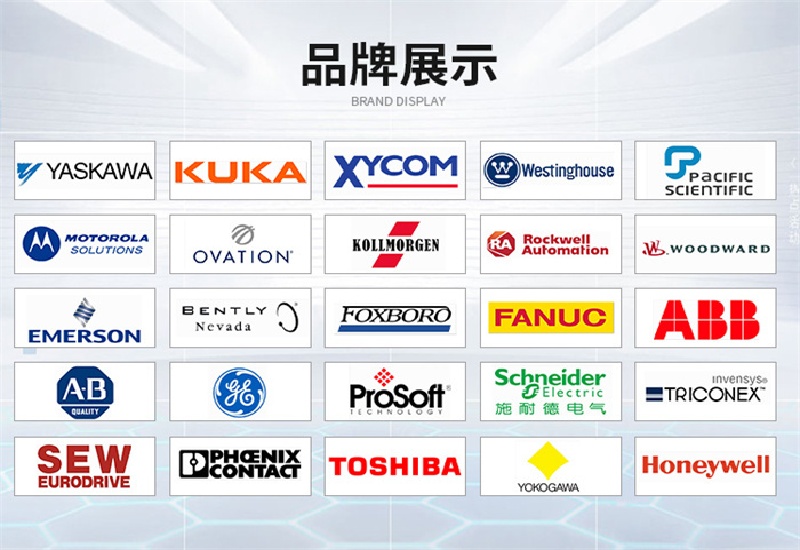
Related Products
| TRICONEX 4507 | TRICONEX 2101 |
| TRICONEX 2402 | TRICONEX 2301 |
| TRICONEX 3002 | TRICONEX 2351 |
| TRICONEX 3005 | TRICONEX 2401 |
| TRICONEX 3006 | TRICONEX 2481 |
| TRICONEX 3008 | TRICONEX 2553 |
| TRICONEX 3101 | TRICONEX 2651 |
| TRICONEX 3201 | TRICONEX 2652 |
Service Advantages:
✅ Original imports with quality assurance
✅ Ample stock for rapid delivery
✅ Professional team for technical support
✅ Global logistics for worry-free coverage
